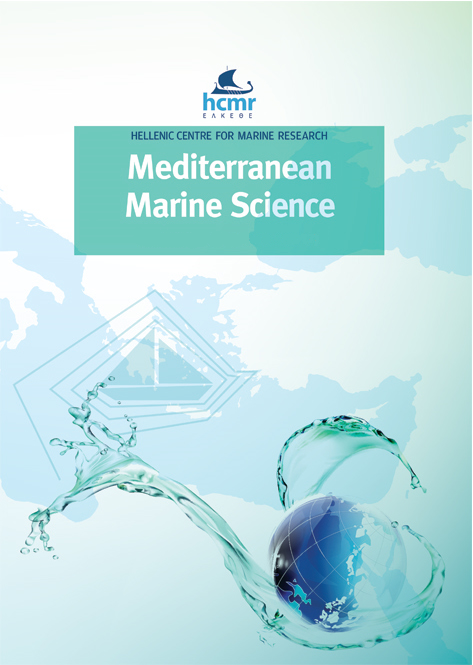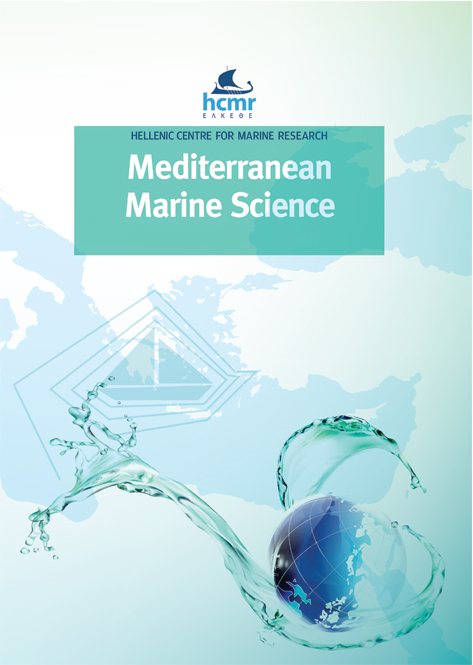Non-indigenous and cryptogenic marine species in the Port of Algiers (Western Mediterranean)

Abstract
This study addresses the growing concern of non-indigenous and cryptogenic marine species in the Mediterranean Sea, particularly in high-risk zones such as ports. The Port of Algiers, a significant maritime hub in Algeria, was selected as the study site to document the presence of such species due to its susceptibility to introductions through vessel traffic. Sampling was conducted from 2021 to 2024 across various submerged structures, including mooring buoys and ship fenders. Specimens were collected by scraping surfaces and preserved for identification, which was performed to the lowest taxonomic level possible. The results revealed 18 distinct species, of which 13 were non-indigenous and five cryptogenic. Notably, 11 of these species are recorded for the first time on the Algerian coast. Taxonomically, the species included Ascidiacea (six species), Bryozoa (five species), Crustacea (three species), Polychaeta (three species), and Porifera (one species). This research contributes to the baseline knowledge of non-indigenous and cryptogenic species in Algerian marine environments, providing essential data to support further ecological and biogeographic studies on species introductions in the Mediterranean Sea.
Article Details
- How to Cite
-
BENSARI, B., BAHBAH, L., KACIMI, A., BACHETARZI, R., & BACHARI, N. E. I. (2025). Non-indigenous and cryptogenic marine species in the Port of Algiers (Western Mediterranean). Mediterranean Marine Science, 26(3), 592–603. https://doi.org/10.12681/mms.39689
- Section
- Research Article
Authors who publish with this journal agree to the following terms:
- Authors retain copyright and grant the journal right of first publication with the work simultaneously licensed under a Creative Commons Attribution Non-Commercial License that allows others to share the work with an acknowledgement of the work's authorship and initial publication in this journal.
- Authors are able to enter into separate, additional contractual arrangements for the non-exclusive distribution of the journal's published version of the work (e.g. post it to an institutional repository or publish it in a book), with an acknowledgement of its initial publication in this journal.
- Authors are permitted and encouraged to post their work online (preferably in institutional repositories or on their website) prior to and during the submission process, as it can lead to productive exchanges, as well as earlier and greater citation of published work (See The Effect of Open Access).







